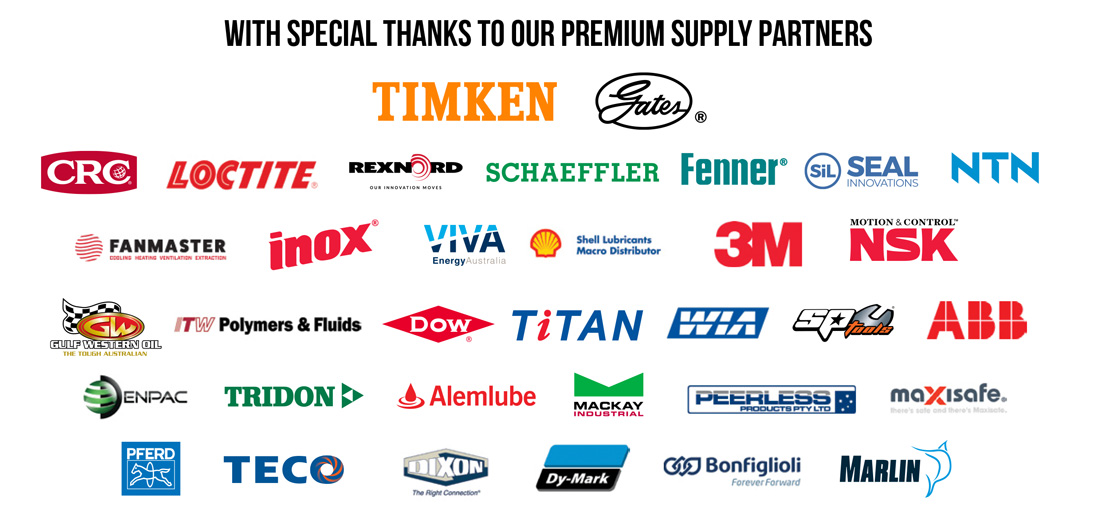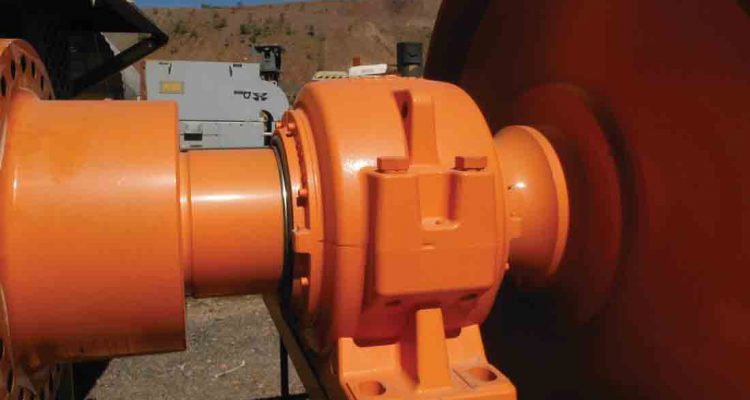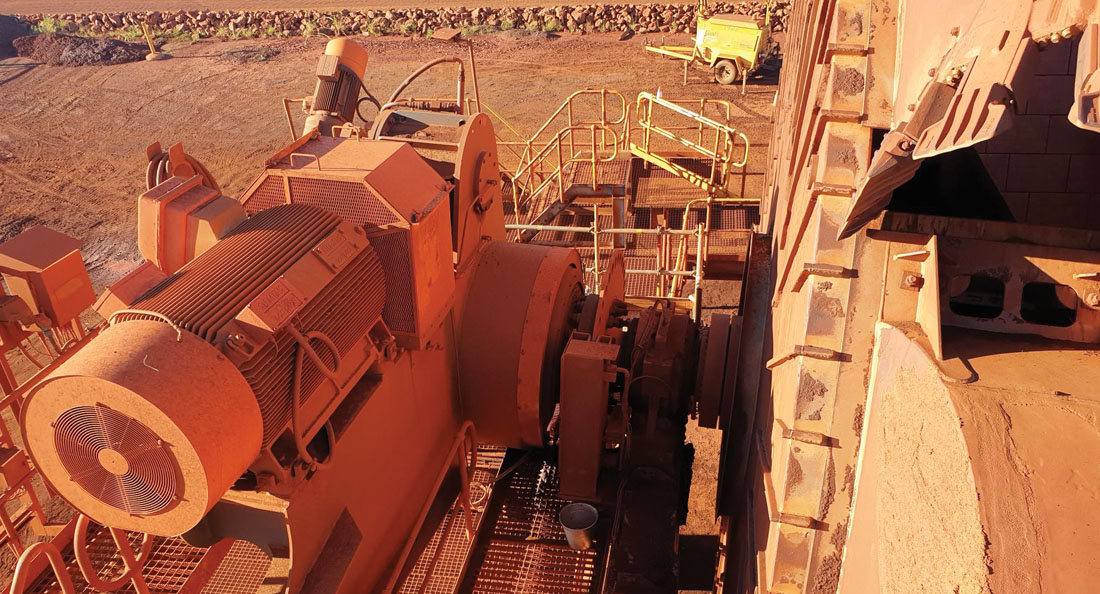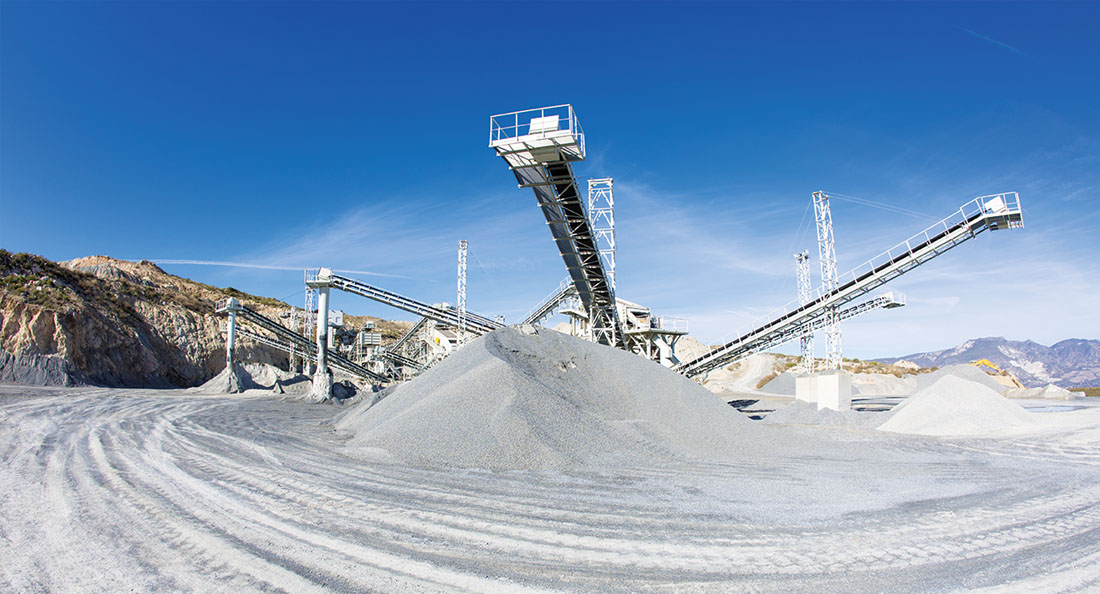When it comes to designing specialty seals for the mining industry, CBC Australia Principal Advisor Gary Payne, believes in a philosophy of continuous improvement. Ever since introducing the highly successful Scorpion seals for mining conveyor pulleys over a decade ago, Gary and his engineering team have been constantly improving the design features of the seals to make them more suited to the rugged conditions in the mine sites.
The CBC engineers originally designed the Scorpion seals as an alternative to standard taconite seals to help protect conveyor pulley bearings in highly contaminated environments. Gary says the design was born out of investigations into the root causes of premature pulley failures and trying to mitigate shortcomings in existing designs.
“What we found was that in normal applications, a standard taconite seal would work well. But where the material passing on the conveyor belt was wet, or where the pulley housings were exposed to excessive water sprays, then the normal seals were inadequate in stopping the mud from penetrating the seals.”
And so, the team developed the design for the Scorpion seals after studying numerous failure cases and testing the newly developed seals under severe conditions in the test rig, where the seals proved to be highly efficient under water wash-downs.
Ever since the successful adoption of the Scorpion seals by major mines across Australia, CBC’s team has been closely monitoring the performance of the seals and has made further design improvements to ensure easy installation and maximum protection for the pulleys.
One such improvement, which came about in the Scorpion V4 model, was unitising the assembly to shorten the installation time, enabling the site technicians to replace the seals within mere seconds. Instead of assembling separate components as required in conventional taconite seals, the Scorpion seals are installed as a complete unit, making their installation much simpler.
The latest improvement is a self-aligning capability in the Scorpion V5 model that helps overcome the common issue of misaligned pulleys. Misalignment of conveyor shaft pulleys is a common problem in the mining industry that can result from various factors, Gary explains.
“There are many situations that may lead to misalignment of the pulleys on a mining conveyor. For example, if you are using take-up bearings to adjust the conveyor tension, pulley misalignments are quite common. Also, misalignments can result from an unlevelled base or from installation errors. Whatever the cause, if the seals are not designed to take that misalignment, they will let dirt and ingress get into the housing and the pulleys’ lives will be shortened as a result,” he explains.
While most seals can only tolerate a maximum misalignment of 0.2 to 0.3 degrees, Gary says the latest Scorpion seals are designed to misalign up to 1 degree without the seal lips losing contact.
CBC has already trialled the new Scorpion seals at a major mine site in Western Australia, with outstanding results.
“We were asked by our client to help improve their conveyor sealing arrangement where other solutions had failed to offer the required protection. Since installing the Scorpion V5 seals, we have been able to extend the bearings’ life span from an average of about seven months to over two years. Also, the housings were previously being replaced in as short as only three to four months. The housings have lasted well over 14 months so far and still going strong.”
Gary says the CBC team has since received interest from other major mining companies, as well as from some bearing manufacturers to incorporate the self-aligning sealing solution in their products.
He believes CBC’s role as a key service provider to Australian industries places it uniquely to understand industry issues and resolve them.
“We are conducting multiple failure analysis on pulley housings each month and as such, we know that misalignments are a major cause of bearing failures in mining conveyors. Where our designs can help counteract the installation issues, we use our experience to help our clients,”
he concludes.




